Most small business owners believe that their services, their products they sell and the environment they exist in are singular and closed.
Most small business owners believe that their services, their products they sell and the environment they exist in are singular and closed. Abandoning ideation and testing in favor of quick wins, budget, simplicity (for self), or because they have nevr been told otherwise due to price gate kept philosophies.
What happens when you exclude design thinking models from your process as a small business owner even if you’re not a tech business? And how is this keeping you trapped?
Big tech has largely defined design thinking for digital products, ironically closing a circuit not on purpose but due to services available for budget. Design thinking can be used for small businesses even if they can’t afford big design teams, or even rationalize why they need one. Helping them solve revenue problems, growth, and provide services or products that are timeless and serve a real purpose.
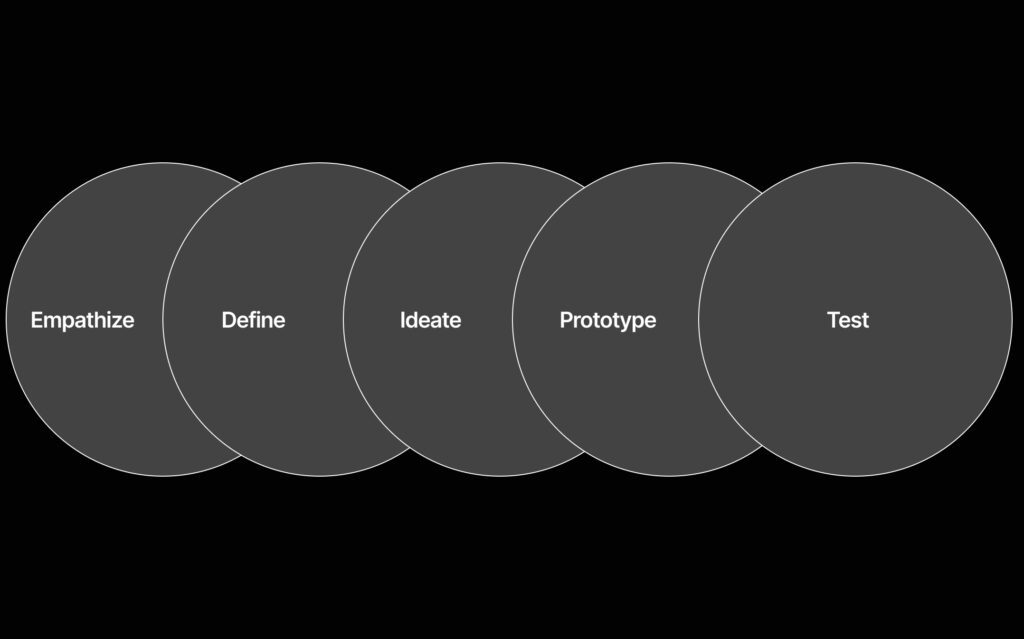
Design thinking is a human-centered problem solving philosophy that emphasizes user/consumer needs to help create innovative solutions… Simplified answer? A philosophy paired with a set of tools that solves human problems. It’s a non-linear approach to problem solving, where its foundation actually lay in its iteration and testing.
Let’s break it down into its components to help you understand each step in design thinking.
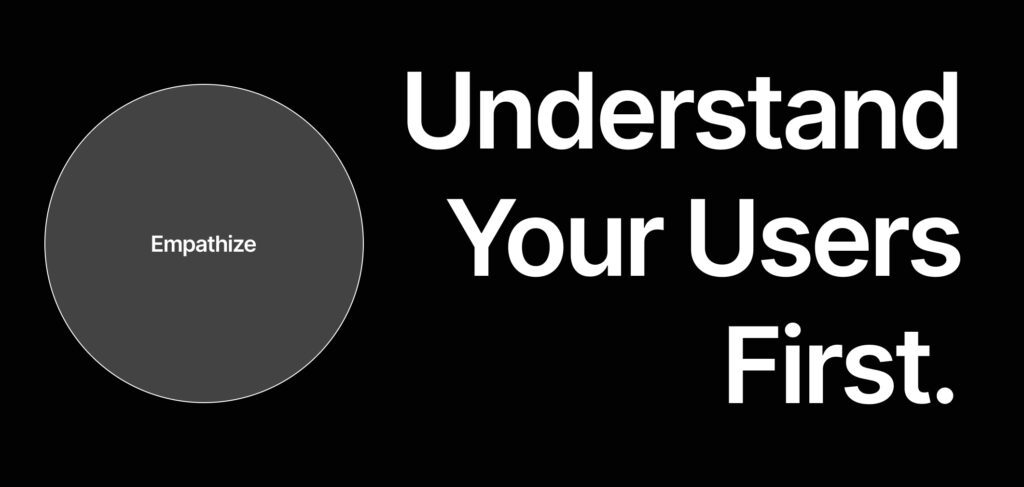
This is where you seek to understand your user, customer or client with a non-judgmental stance. Try to empathize with their motivations, needs and the context they exist in.
Often done through research, shadowing or feedback.
For a small business owner you’d ask yourself:
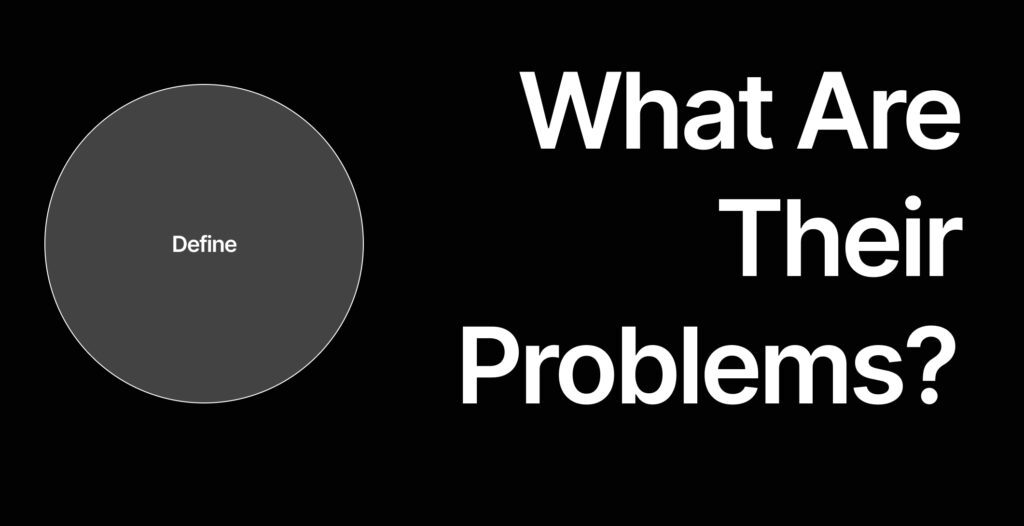
Using the information gathered in the ‘Empathize’ stage, you clearly define the problem YOU as the business owner are helping to solve. But here’s the catch, you don’t define the problem you are solving from your perspective- you do it from theirs.
Instead of saying, “As a small business owner, I want to help people solve x”. You say, “As a user I want to solve x problem that I have”. This helps you put the focus on the audience and their needs.
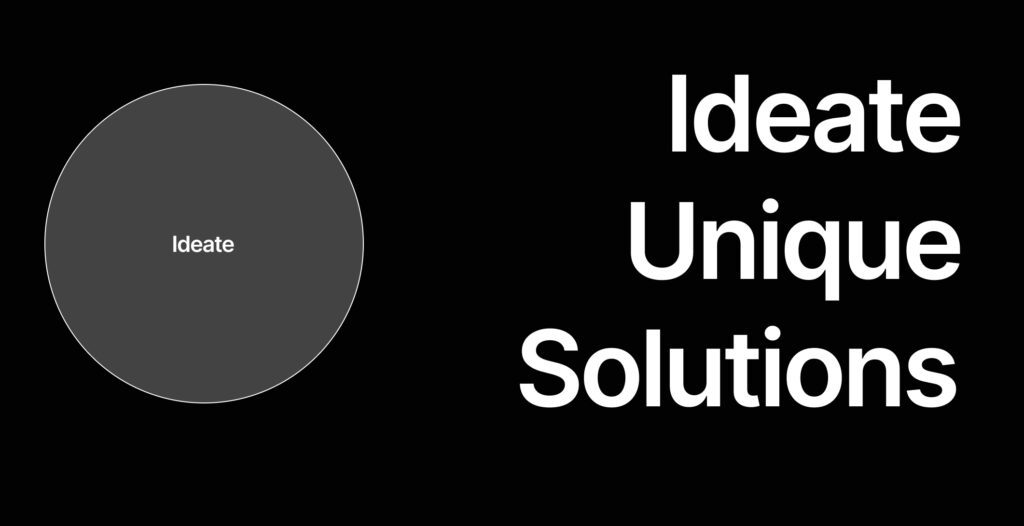
This is a brainstorming stage where you ideate on all of the possible solutions you can bring to the table to solve the problem. Ideation puts you in favor of innovative and unconventional solutions for your audience and business by creating multiple solutions from different perspectives. Positioning you to champion this area for your audience.
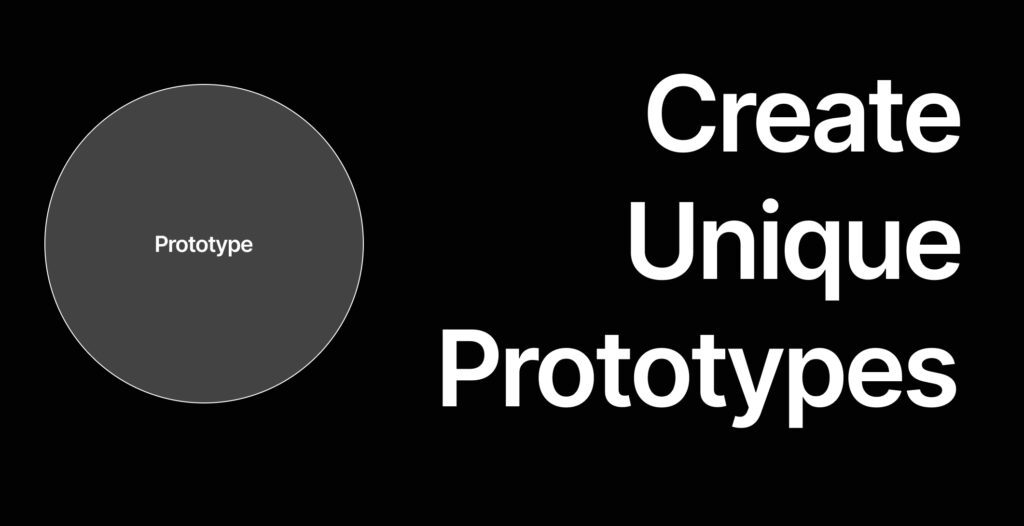
Now, you create tangible solutions based on your ideation phase. They are rough models, created so that you can refine and tweak them easily.
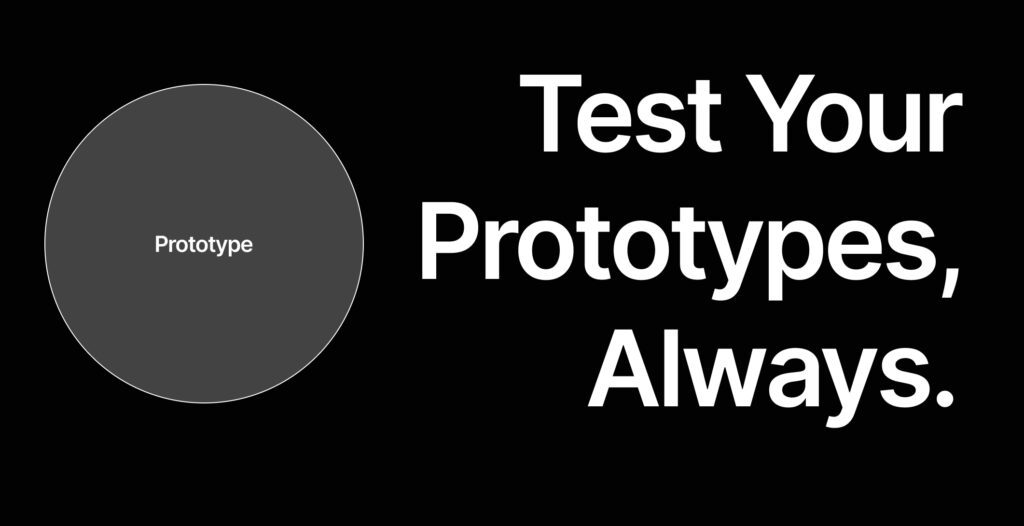
Now you test your prototype. Often involving audience segments, you test your prototypes against one another to see how they solve the user’s unique problem in the best way.
Testing your prototype ensures you are able to gather real feedback on solutions from real customers rather than a room of like-minded individuals.
Design thinking is nothing without the users- purely defined by the user’s feedback. When you keep an open ended conversation about solutions, you’re able to test and refine enough to solidify your offering and create something that works for your audience and for you.
Oftentimes our clients don’t know the process we are taking them through is design thinking. We just simply say this is how we help you solve problems- and use it in any of our services.
Whether it’s through rebrands, revenue bottlenecks, simple website redesigns, and product testing. It doesn’t matter what service we are directly doing, what matters is the process we use to help create the outcomes the clients want to see- and creating that outcome to the best of our ability.
Ideation and testing allows us to think creatively and unlimitedly, while being able to refine solutions. We always tell our clients nothing is guaranteed, but we can strategize to the best of our ability- and test et all.
Bringing the best results we can offer through that openness.
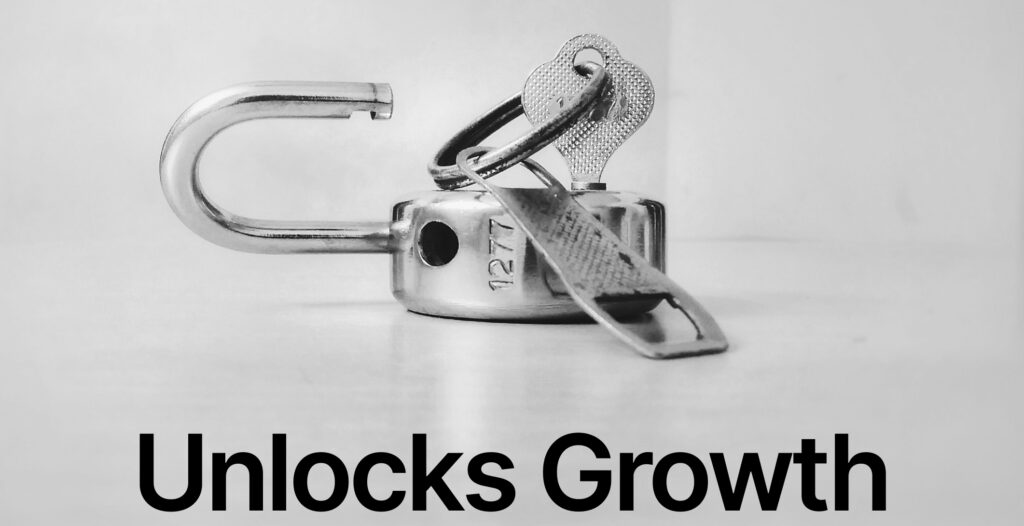
For Acme Salt Co, the design thinking process 10x their sales over a 2 year period through consistent testing and iteration.
Shield Plumbing and Remodel got a rebrand that actually works- keeping them from blending in in a highly competitive landscape and setting the tone for future growth and expansion.
It opened up bottlenecks in b2b businesses like Gravity Jack– helping them market better through iteration.
And helped digital products like XBible create innovative solutions for their reading mode- or Muunifi and showcasing financial portfolios uniquely.
Simply put, abandoning design thinking puts you in a limited sphere of what you can do for your audience. A business with self created limits has an end point.
While the business who empathizes with their audience, ideate solutions for them, test against possible outcomes and does that all over again gets the advantage of limitless possibilities and therefore limitless growth.
We see businesses who stick to rigid models, and it serves them well. Not everyone wants to expand, however if you’re looking to really help people solve a unique problem and be able to shift as needs adapt with your customers- then this is for you.
Audiences shift preferences and your desire to stay single minded could be the #1 thing keeping you from becoming the business you want to be.